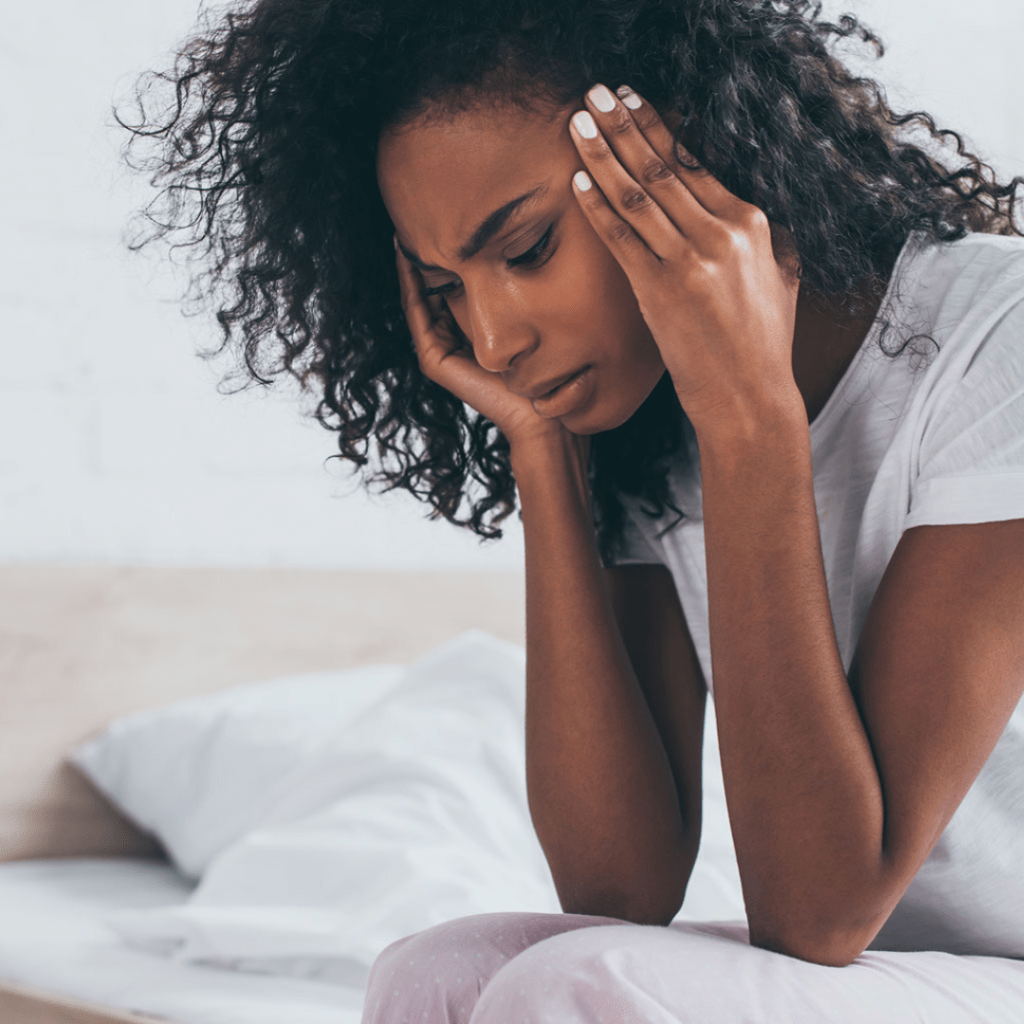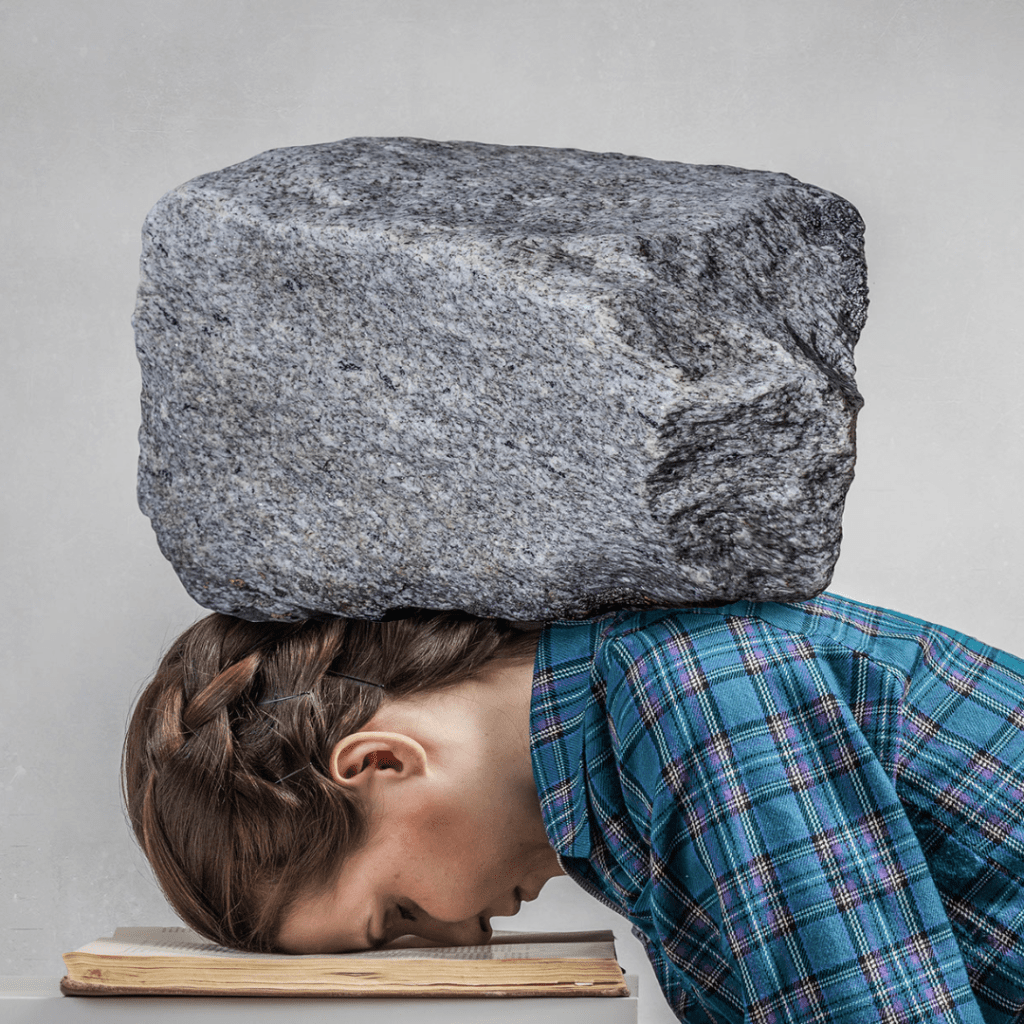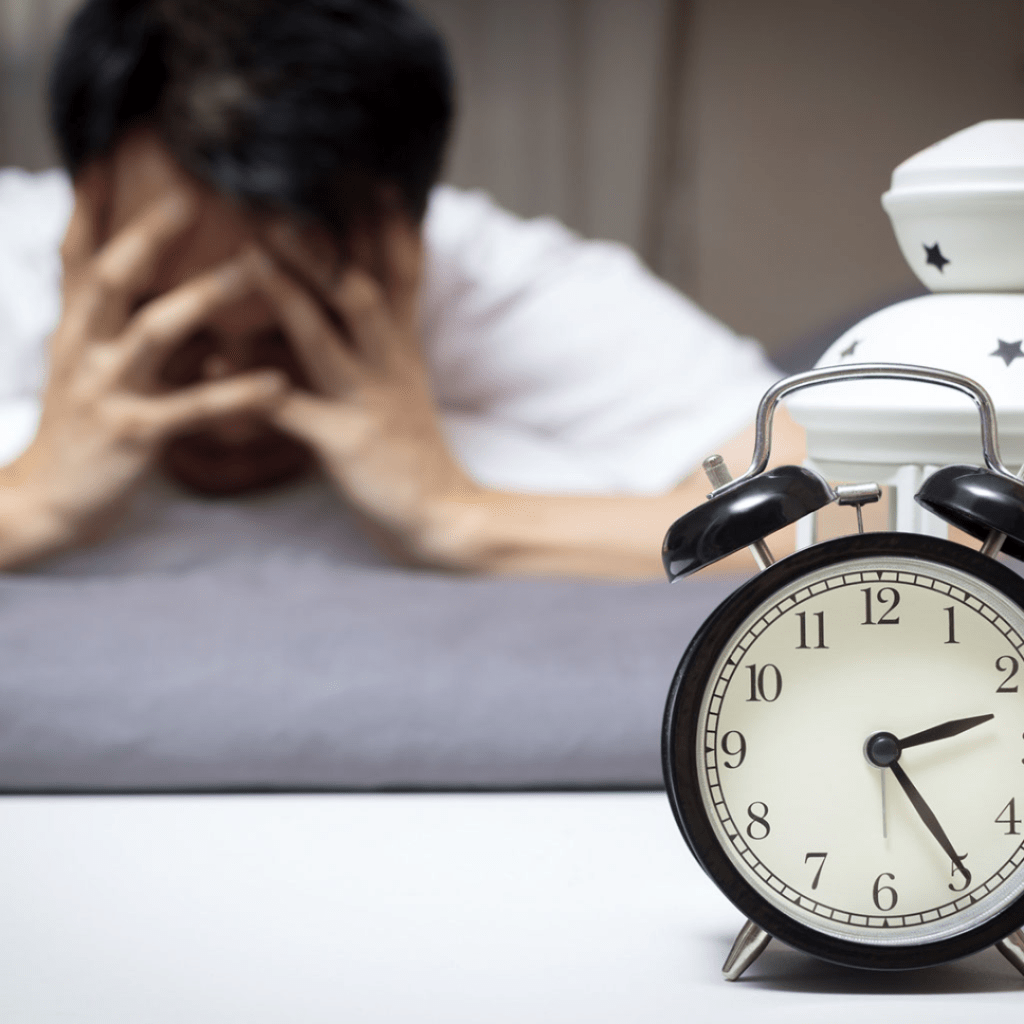Pain behind the eyes may feel either sharp, throbbing, or dull aching. It might be stress-related or accompanied by other symptoms like nasal congestion. The duration of headaches can range from a few minutes to several days, and they can start slowly or suddenly.
Causes of headache behind the eyes
There are up to 300 different types of headaches, some of which can result in pain behind the eye. Only 10% of headaches have known causes in specific.
The following health conditions, among others, can cause pain behind the eye:
Migraine:
The severe throbbing headache and pain behind the eyes are the most typical signs of a migraine. This pain can be so severe that it interferes with your day-to-day activities. Additionally, it may be accompanied by sensitivity to light and sound, nausea, and vomiting.
These headaches usually occur only on one side of the head.
About one-third of migraine sufferers have aura. Most frequently, those who have visual auras report seeing flashes, dots, shimmers, or zigzag bright lights.

There is a long list of potential triggers that can cause a migraine attack.
- Milk products, sugary food, food additives like monosodium glutamate (MSG).
- High stress levels and anxiety
- Caffeine: High intake of coffee or withdrawal from coffee can precipitate migraines.
- Weather changes
- An irregular sleep schedule or too much sleep can lead to migraines.
- The menstrual period can trigger migraine attacks in many women who are otherwise symptom-free. It can even occur after menopause for some women.
- Environmental factors: bright lights, loud noise, or strong odors
- Dehydration
- There is a link between dry eye syndrome and migraine. Therefore, treating dry eyes may also reduce migraine attacks.
2. Tension headache:

A tension headache typically feels like a tight band around the head and ranges in intensity from mild to moderate. Tenderness in the shoulder, neck, and scalp muscles can also result from a tension headache. A headache of this nature can be continuous and last for hours.
The most frequent cause of tension-type headaches is stress. Other contributing factors include cold weather, eye strain from prolonged screen staring, fatigue, prolonged poor posture, and muscle contractions in the neck and jaw.
3. Cluster headache:
One of the most painful types of headaches is the cluster headache, which appears in cyclical patterns or cluster periods. Having a cluster headache frequently causes the sufferer to wake up in the middle of the night with excruciating pain in or near one eye on one side of the head.

Cluster periods can last for weeks or months. Usually, they are followed by remission intervals during which the headaches subside. The absence of headaches lasts for weeks, sometimes even months, during remission. Men encounter them more frequently than women.
Contrary to migraine and tension headache, cluster headache is typically not brought on by triggers like certain foods, hormonal changes, or stress. However, consuming alcohol might quickly bring on a splitting headache once a cluster period starts.
For this reason, many sufferers of such headaches must abstain from alcohol while experiencing a cluster. Another potential cause is taking medications, such as nitroglycerin for the treatment of heart disease.
4. Sinus headache:

Migraines or other types of headaches are frequently accompanied by sinus headaches. Sinus headaches can result in nasal symptoms like nasal discharge, congestion, and even fever and are accompanied by pain and pressure in the face and sinuses.
Most frequently, this kind of headache occurs during allergy season. When one has sinus pain, one might notice that it gets worse throughout the day.
5. Eyestrain
This occurs when your eyes become overworked from activities like driving for an extended period of time or staring at a computer screen.

Additional signs might include: itchy, painful, and burning eyes, watering, blurred vision, or shoulder pain.
Typical causes of eye fatigue include:
- Prolonged computer use
- Uncorrected refractive error
- Fatigue
- Reading without giving eyes some rest
- Long-distance driving and other tasks that require sustained concentration
- Exposure to glare or bright light
- Struggling to see in the low light
- Having an underlying eye condition, such as pink or dry eyes
Other, more severe causes of pain in the eyes and surrounding area:
Angle-closure glaucoma:
Angle-closure glaucoma develops when an individual’s iris closes the drainage angle through which eye fluid exits the eye. Whenever this is blocked, pressure quickly builds inside the eye, requiring immediate medical attention.
optic neuritis:
An optic neuritis is caused by swelling or inflammation of the optic nerve, which carries visual information from the eye to the brain. Optic neuritis symptoms frequently include pain with eye movement and transient blindness in one eye.
Grave’s disease
Inflammation and other immune system events affect the muscles and other tissues surrounding the eyes in Graves’ disease, which results in pain and restricted eye movement.
Giant cell arteritis:
Giant cell arteritis is a condition where the lining of the arteries becomes inflamed. The most frequently affected arteries in the head are those near the temples. Giant cell arteritis is also known as temporal arteritis because of this.
Giant cell arteritis commonly results in headaches, tenderness in the scalp, jaw pain, and vision issues. Without treatment, it can cause blindness.
Scleritis:
Scleritis is an inflammation of the eye’s sclera, or white part. It may affect the cornea, nearby episclera, and uvea, which makes it potentially dangerous to one’s vision.
Scleritis causes pain that is so severe that it affects both appetite and sleep (often described as a dull, deep ache).
HOME TREATMENT:
Not all headaches behind the eyes necessitate medical attention. Often, you can treat and prevent them at home using the following methods:

- Migraine sufferers can find some relief with coffee and applying ice packs.
- A warm shower and some rest can relieve stress-induced headaches.
- Regular exercise helps prevent the onset of headaches.
- Eat balanced meals and stay away from triggering foods like sugary, fatty or processed food.
- Don’t drink too much alcohol, and give up smoking.
- Sleep soundly
- Take a steam inhalation, breathe warm, moist air from a vaporizer, or inhale steam from a boiling pot to relieve sinus headache and stuffy nose symptoms.
- Use the 20-20-20 rule to prevent digital eye strain: After every 20 minutes of computer work, look at an object 20 feet away for 20 seconds.
- Over-the-counter pain medication for mild or moderate pain
- If you have severe pain for a long time, you should seek medical advice immediately.
- Keep a headache journal. Note these details whenever you experience a headache so that your doctor can identify the type of headache you are experiencing and offer the best treatment and care.
- The day and time of every headache.
- Duration. How long do headaches typically last?
- Intensity. On a scale of 1 to 10, with 10 being the most severe, rate how painful your headache is.
- Presence of any triggers. Make a list of potential headache triggers, such as particular foods, sounds, odors, physical activity, or too much sleep.
- Presence of prodromal symptoms or aura
- The medications taken and whether relief was felt.
HEADACHE JOURNAL
| DATE | |
| DURATION | |
| INTENSITY (1-10) | |
| TRIGGERS | |
| PRODROMAL SYMPTOMS/AURA | |
| MEDICATIONS TAKEN | |
| RELIEF |
If you frequently have pain behind your eyes, you should see a doctor. You might need to undergo several eye exams before receiving the required treatment after figuring out the cause of the headache.
